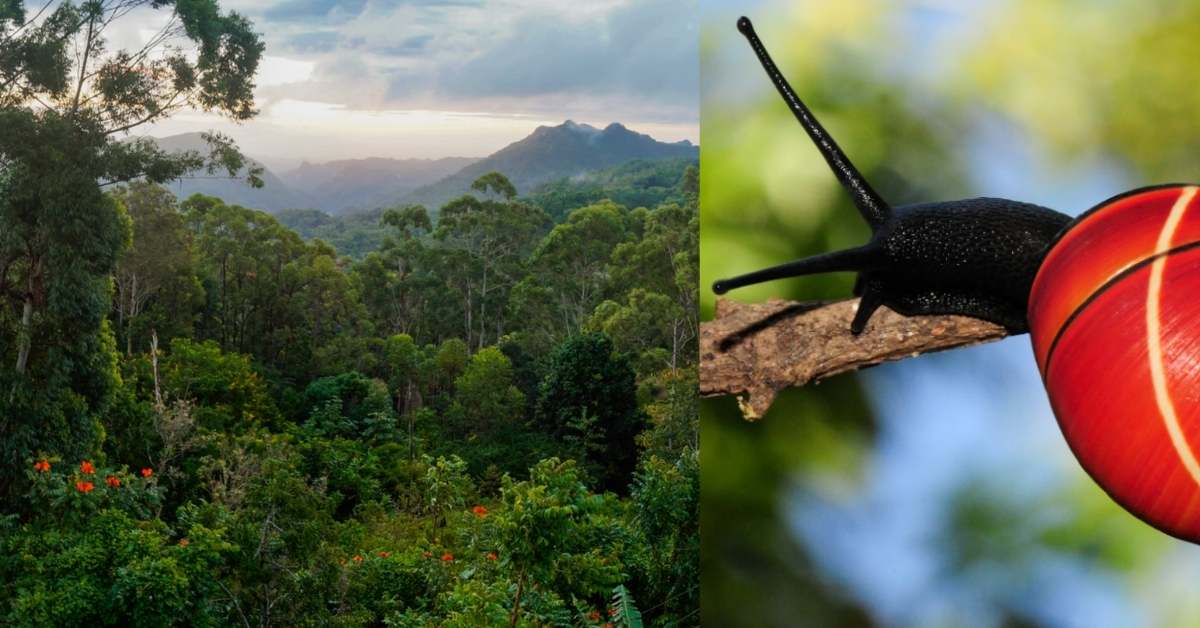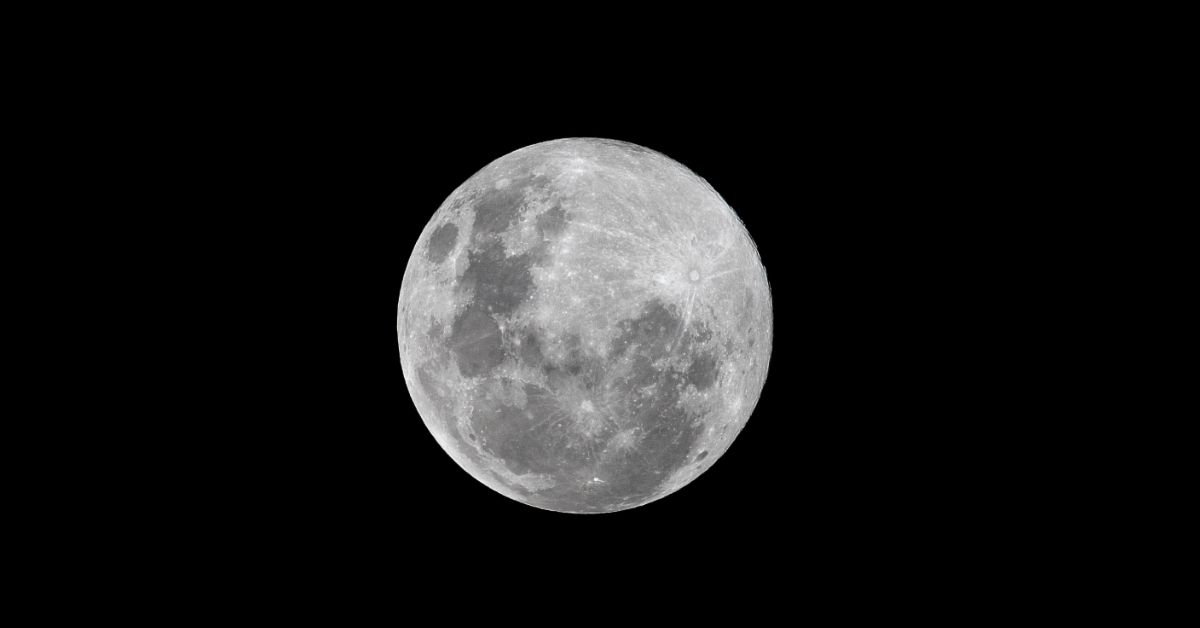The most striking, colorful snails in the world are in danger — precisely because of their beauty.
Polymita tree snails (also known as Cuban painted snails) are highly prized in eastern Cuba. Beloved for their patterned hues and swirls, the six species of snails have become increasingly rare to find.
Their decline is due in part to deforestation and climate change, but it’s largely driven by humans. More and more, the snails are snatched from their native subtropical forests and harvested for jewelry and trinkets.
“One of the reasons I'm interested in these snails is because they're so beautiful,” Angus Davison, a professor and mollusk expert from the University of Nottingham, said in a press release.
“Their beauty attracts people who collect and trade shells. So the very thing that makes them different and interesting to me as a scientist is, unfortunately, what's endangering them as well.”

The illegal Polymita snail shell trade extends far beyond the coastlines of Cuba. Recently, Davison found a British listing offering seven Polymita snail shells for £160 ($213.73 in U.S. dollars).
“You can easily imagine where people collecting shells would tip a population over into local extinction,” Davison said.
That’s why Davison reached out to scientists at the Universidad de Oriente in Santiago, Cuba, to give a helping hand where it’s needed most.
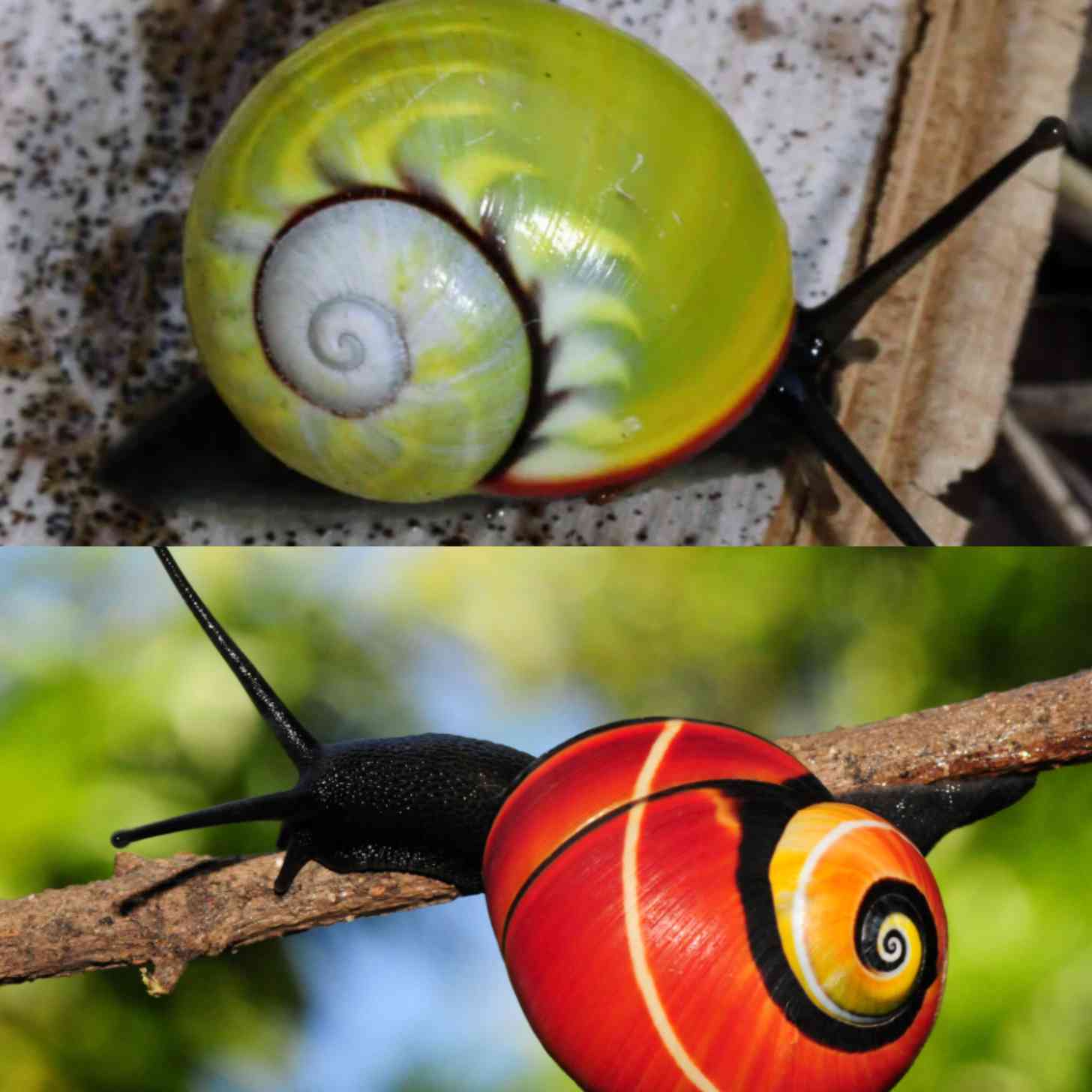
Together with conservation biologist Bernardo Reyes-Tur, Davison is on a mission to save the six known species of Polymita before it’s too late: P. picta, P. venusta, P. versicolor, P. sulphurosa, P. brocheri, and P. muscarum.
P. sulphurosa, which is lime green with blue swirls, is at particular risk for extinction and is listed as critically endangered.
Their plan is two pronged: As Davison runs genetic testing in England to decode the snail’s genome and better understand the species, Reyes-Tur is actively raising the endangered snails in captivity.
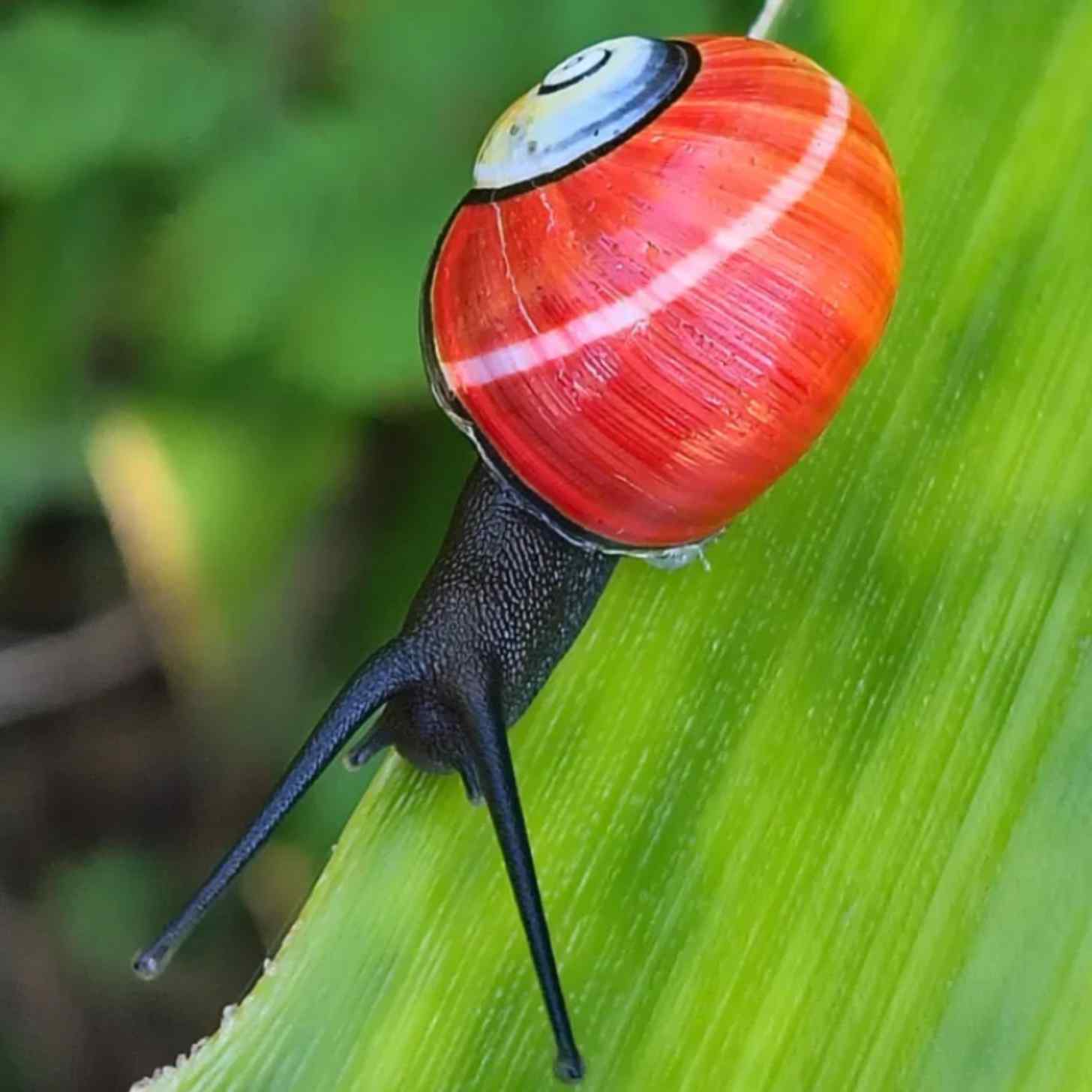
Due to Cuba’s hot climate and unreliable power, Reyes-Tur’s hand-rearing has been challenging.
“They have not bred yet, but they're doing well,” he told BBC News on a video call. “It's challenging though — we have blackouts all the time.”
All of the Polymita tree snails are valuable to their native environment. Like all snails and slugs, they act as nature’s “clean-up crews” by eating moss and bark and circulating nutrients into the soil.
They’re also important food sources for other endangered animals native to the country, like the Cuban kite.
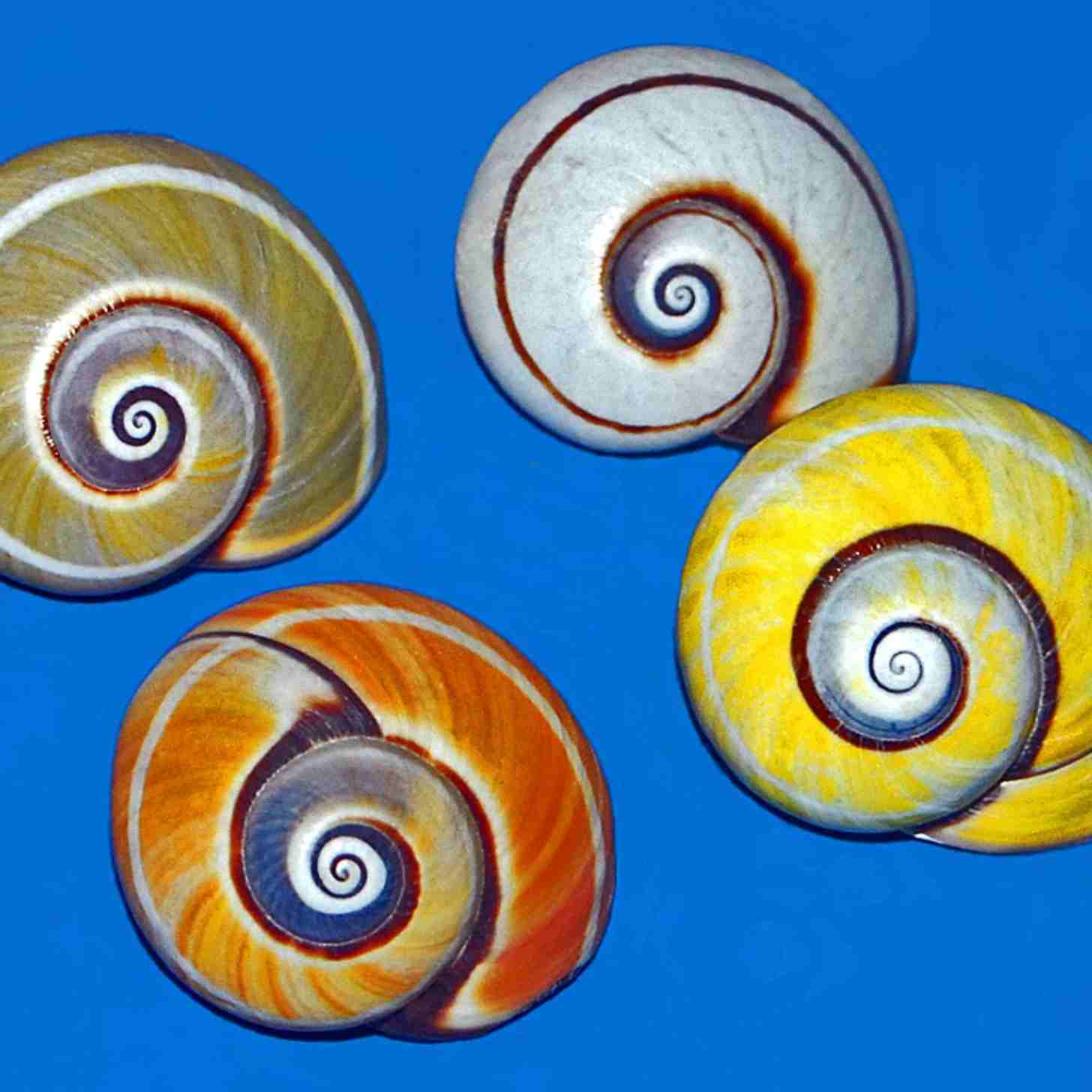
As they run their respective projects from half a world away, Davison and Reyes-Tur hope that their international efforts lead to heightened conservation awareness.
“Eastern Cuba is the only place in the world where these snails are found,” Davison said. “That's where the expertise is — where the people who know these snails, love them and understand them, live and work.”
“We hope we can use the genetic information that we can bring to contribute to their conservation.”
You may also like: Scientists are saving endangered sea snails… by setting them up on 'speed dates'
Header image via: Bernardo Reyes-Tur / lezumbalaberenjena (CC BY-NC-ND 2.0)
